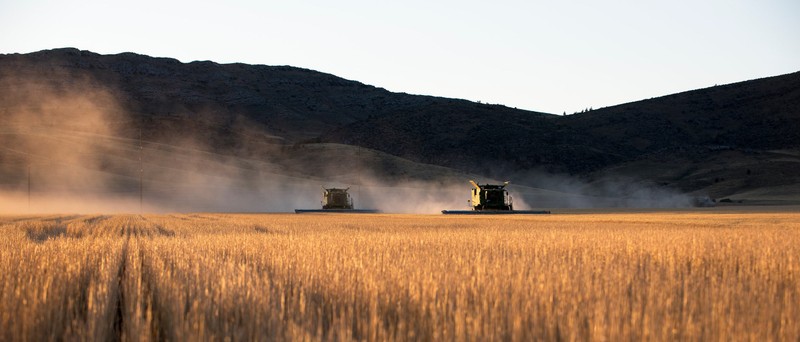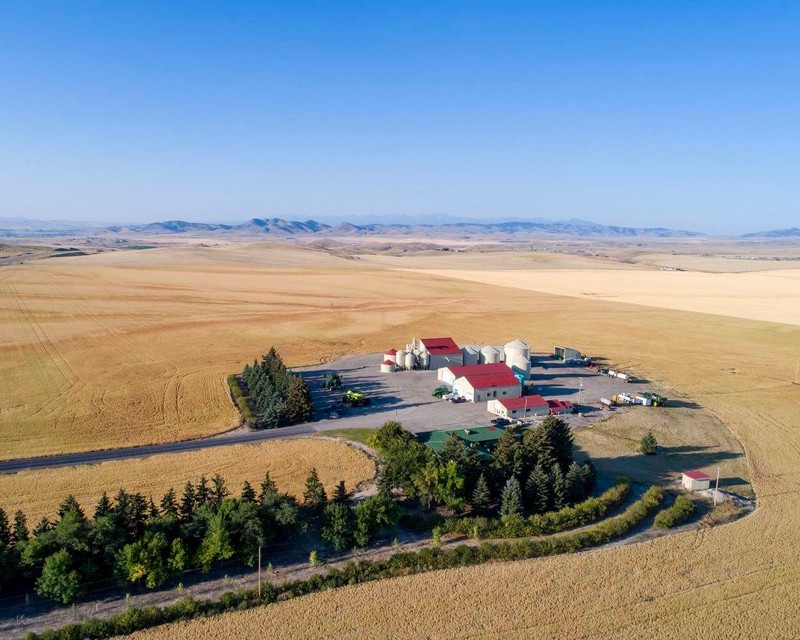Farmers
Introduction
Text-to-speech Audio
With vast plots of land in central Montana, agriculture has always been imbedded in the culture. Farmers are reintroducing an old type of wheat growing method. Instead of strip-cropping that requires tilling the soil, they are utilizing a practice known as “no-till” or “chem fallow.” Instead of tilling the soil, they plant the wheat in the existing wheat stubble, controlling the weeds with chemicals.
Images
Wheat Farm

Farm Land Plot

Backstory and Context
Text-to-speech Audio
The typical Montana wheat farm is around 3,000 acres in size, although some are larger than 10,000 acres. A typical wheat farmer may have farm equipment worth well over eight hundred thousand dollars. Together with the value of the land, a farmer may have an investment exceeding several million dollars. In addition, a farmer must have knowledge of plant diseases and disease control, weed control, soil conditions, and fertilizers, know when best to sell the wheat, and understand a host of other technical issues. Aside from spring wheat and the predominate winter wheat, farmers on the high plains grow malting barley, canola oil seed, and flax. Canola has a yellow flowering head, and flax has a blue flowering head. In certain areas where there is sufficient water, farmers grow hay (grass and alfalfa), and ranchers raise cattle. In August, crops take on different colors: wheat is reddish-brown, and barley is light tan.
